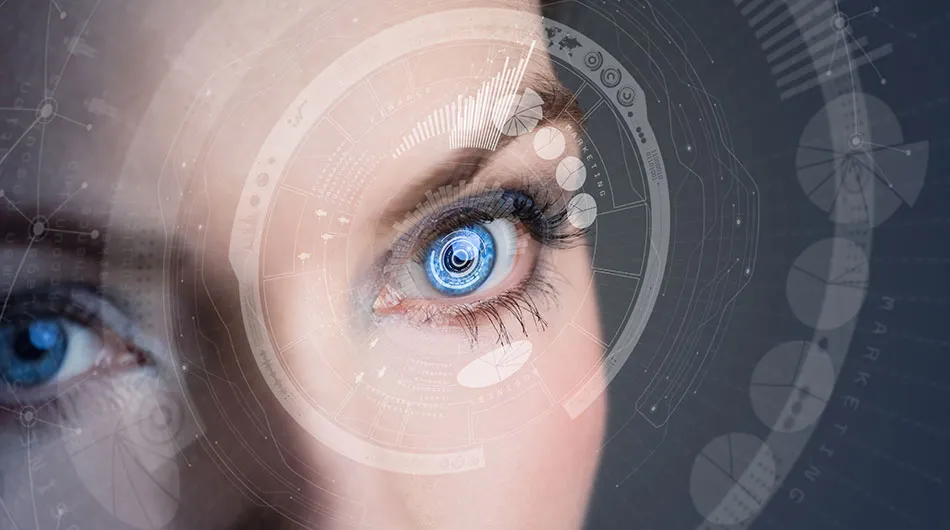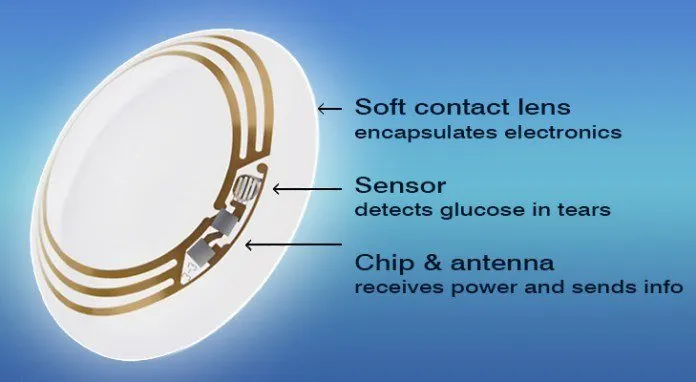
Imagine a future where your eyes don’t just see they sense, analyze, and even diagnose. That future may be closer than we think, thanks to smart contact lenses, a rising star at the intersection of nanotechnology, biosensors, and ophthalmology.
What Are Smart Contact Lenses?
Smart contact lenses are wearable medical devices embedded with miniaturized sensors, microchips, or wireless circuits that interact with tears to measure various biomarkers — all in real-time and without a blood draw.

The Tech Behind the Lens
These lenses are designed using nanomaterials like graphene, gold nanoparticles, or flexible electronics. Some key features include:
-Glucose sensors that detect sugar levels in tear fluid, aiding noninvasive diabetes monitoring
-LED micro-displays that can alert users of abnormal readings
-Wireless communication chips to send data to smartphones or physician dashboards
Example:
In 2023, Samsung and Google filed patents for lenses that can analyze glucose and intraocular pressure (for glaucoma). Trials in South Korea and the US are underway to ensure safety and bio-compatibility.
Beyond Glucose: Virus & Disease Detection
Recent research is pushing boundaries beyond diabetes:
-COVID-19 proteins, HSV, and adenoviruses may be detectable through tear-based biosensing.
-Inflammatory cytokines (like IL-6 or TNF-alpha) can indicate autoimmune diseases or uveitis early.
A 2024 study in Nature Biomedical Engineering reported a 98% accuracy in identifying elevated glucose and correlated inflammatory markers in tears with nanowire-based contact lenses.

Potential Applications
Continuous glucose monitoring without skin pricks
Real-time detection of eye infections or viral exposure
Ocular pressure sensing for glaucoma patients
Drug delivery: Some prototypes can even release medication on-demand
Challenges Ahead
Tear variability: Tear composition can change rapidly
Biocompatibility: Ensuring no irritation or toxicity
Power supply: Miniaturizing safe, rechargeable energy sources
Privacy and security of personal health data
What’s Next?
Smart lenses are still largely in clinical trial or prototype stages, but commercialization is expected within the next 5–10 years. Major players like Mojo Vision, Johnson & Johnson, and Sensimed are actively innovating.
Final Thought
As health monitoring becomes more personalized and noninvasive, your eyes might not just be windows to your soul — but gateways to real-time health diagnostics.